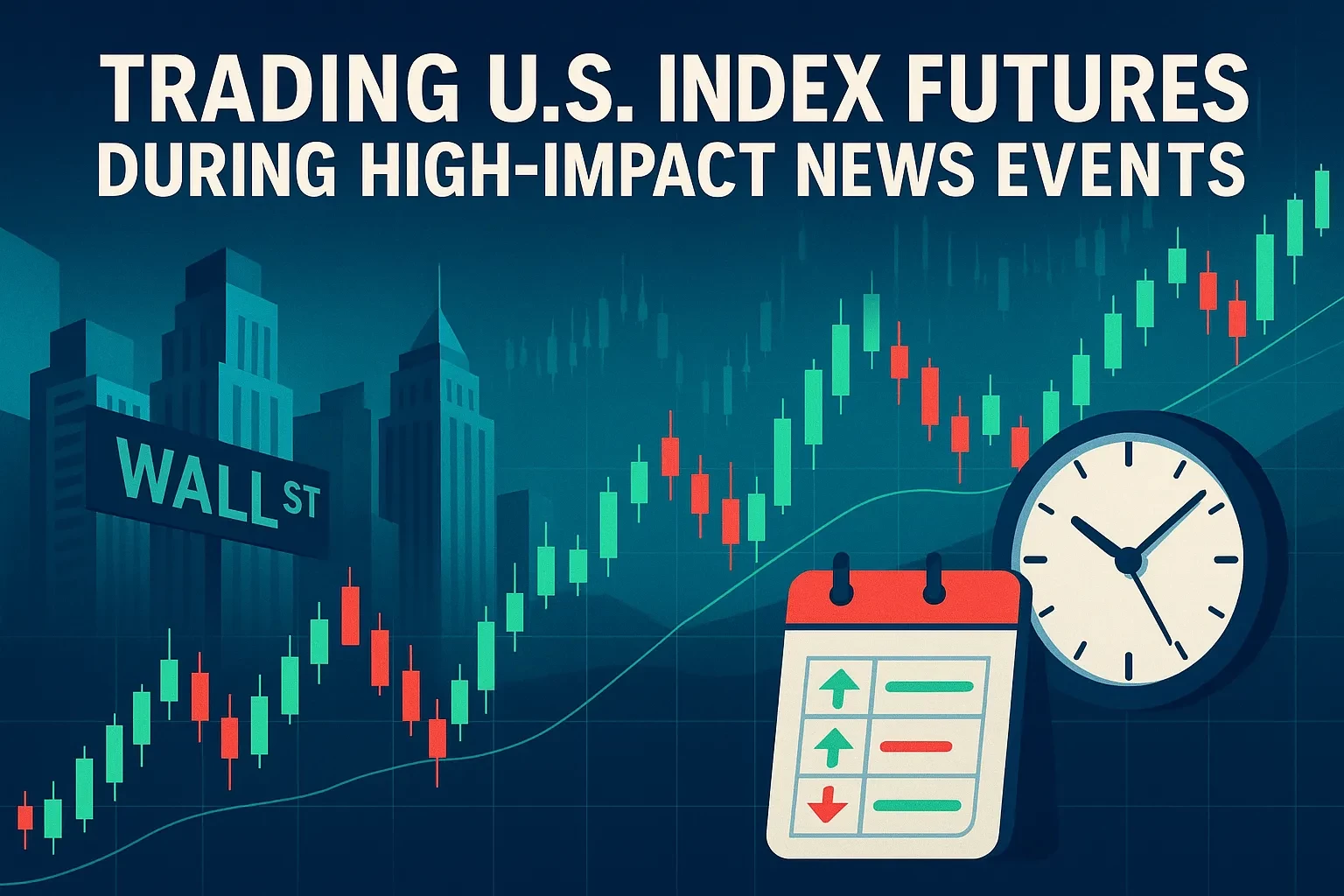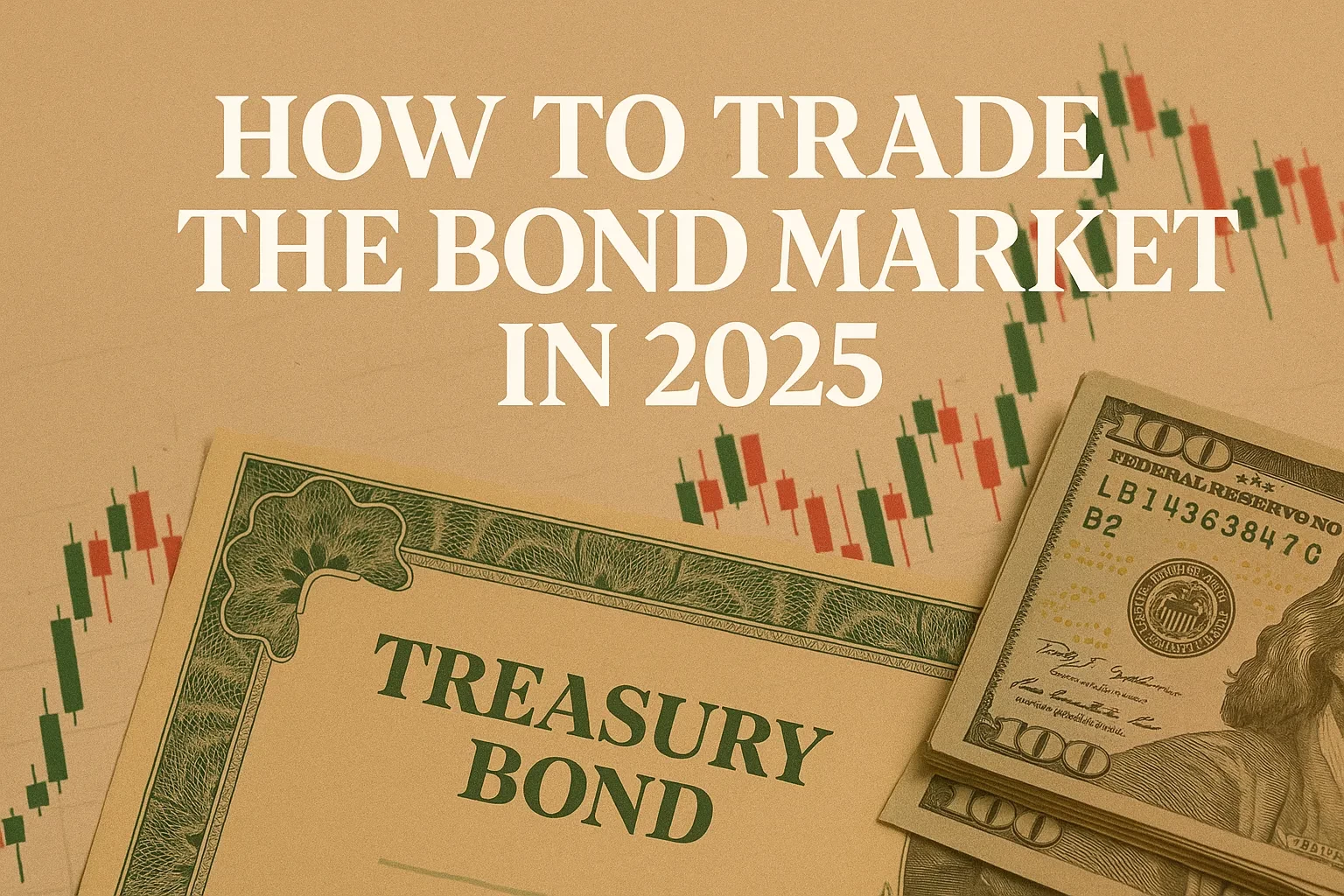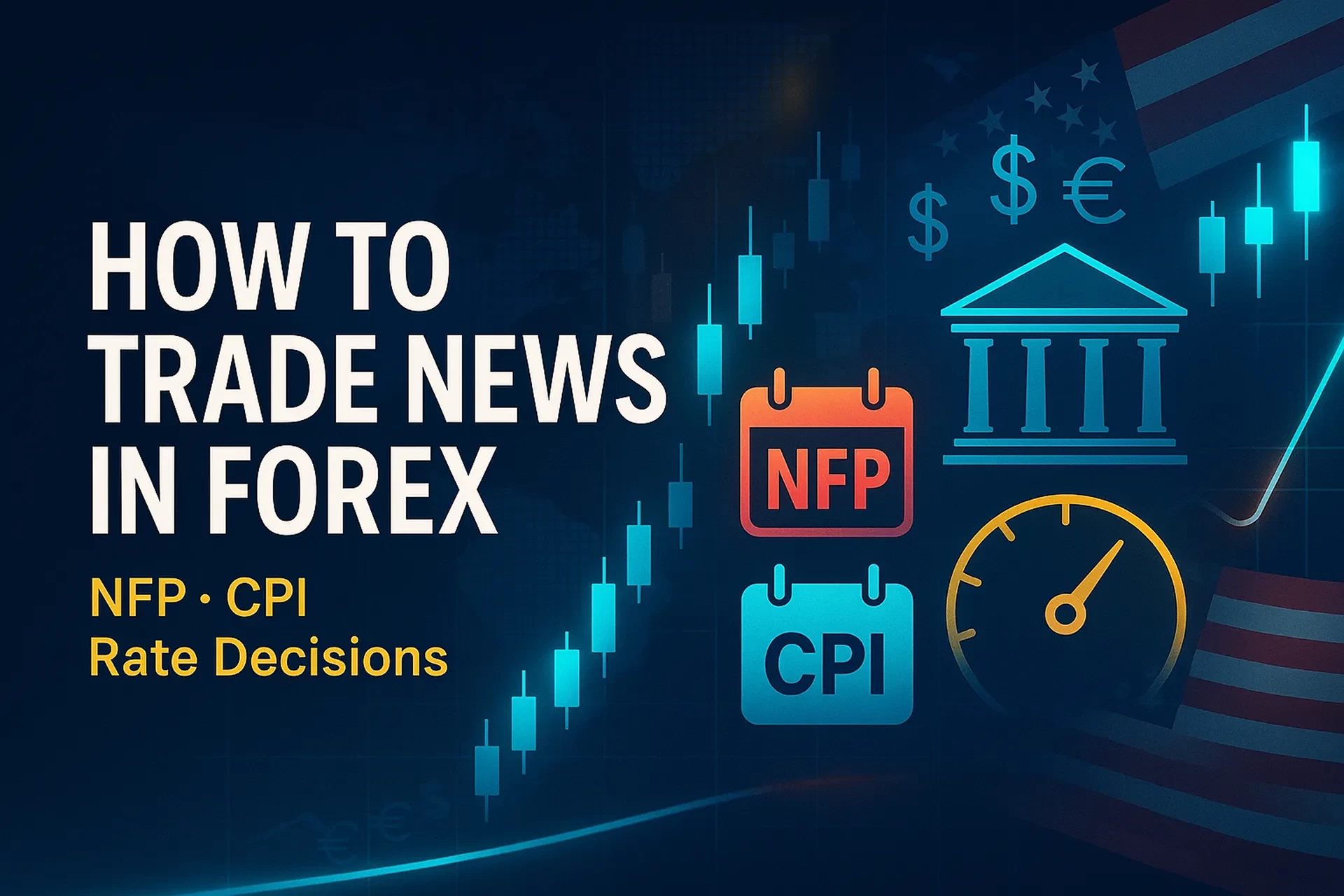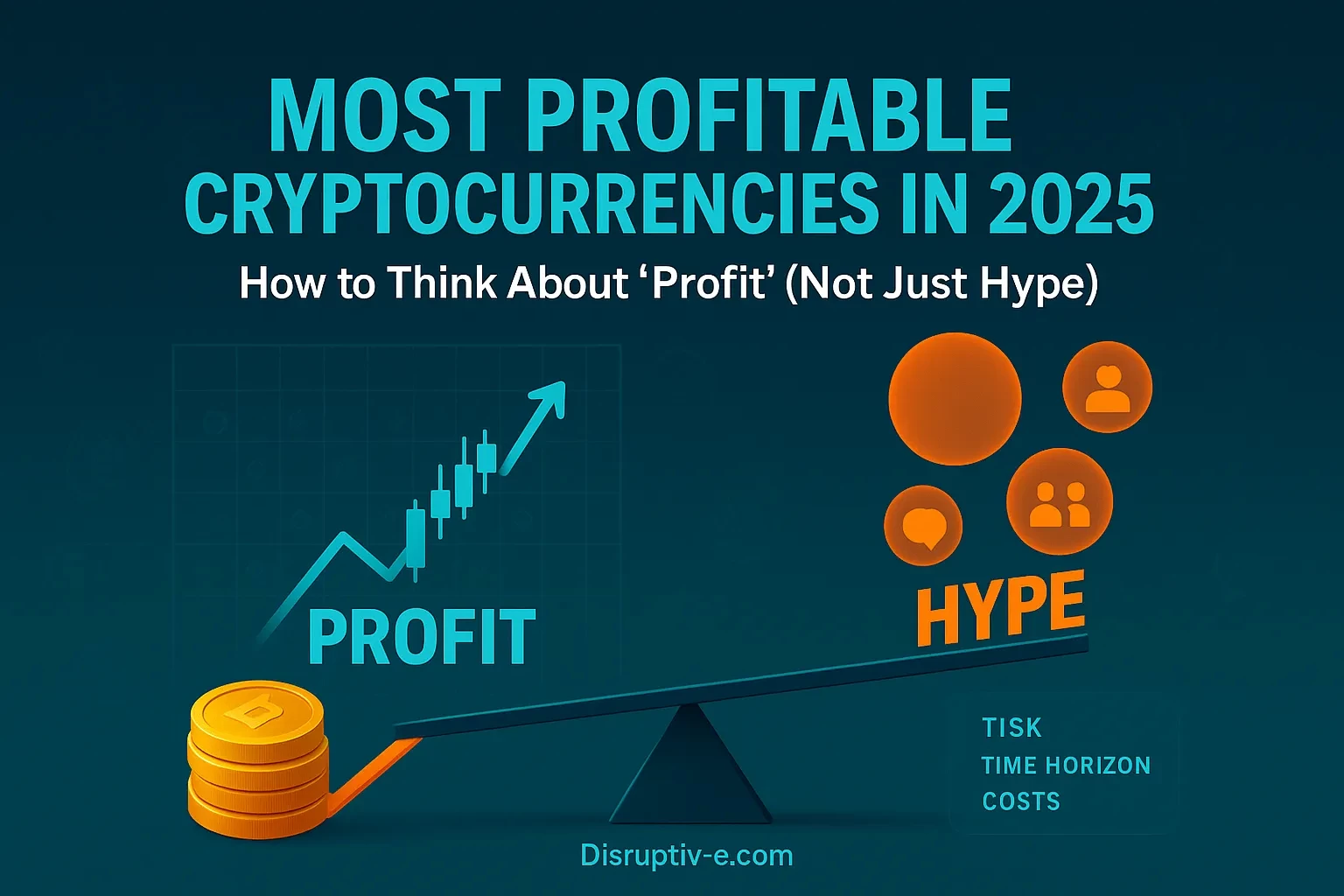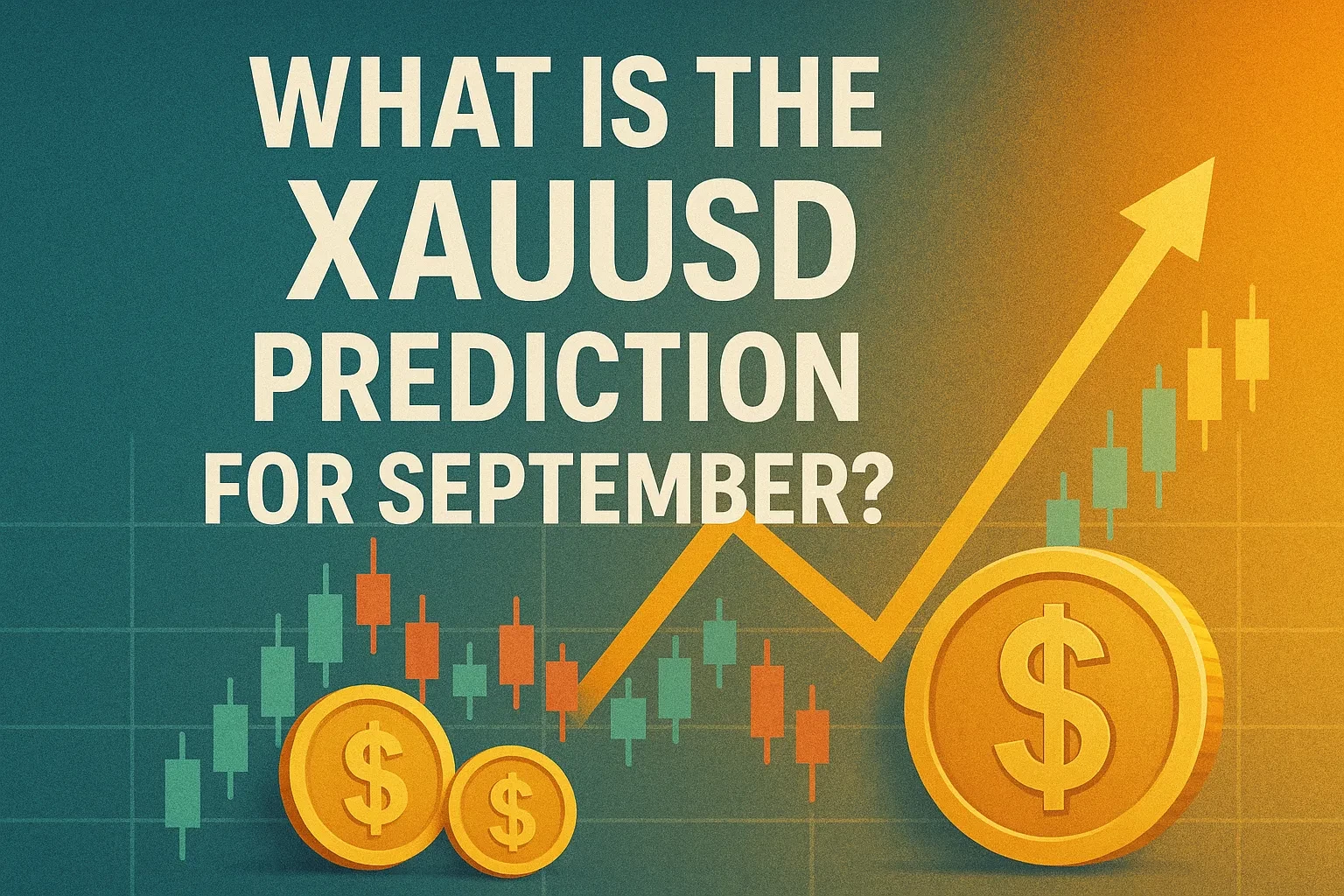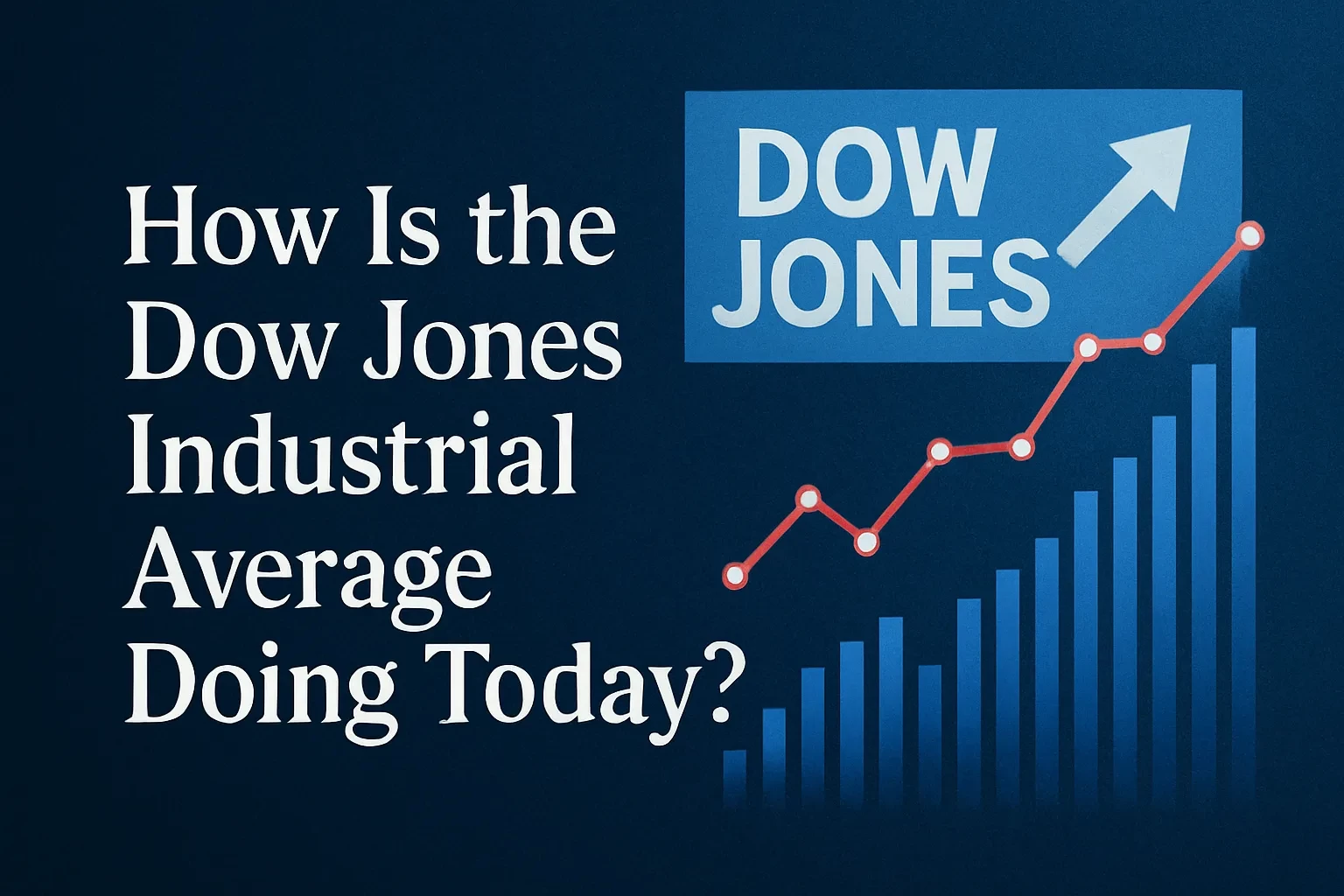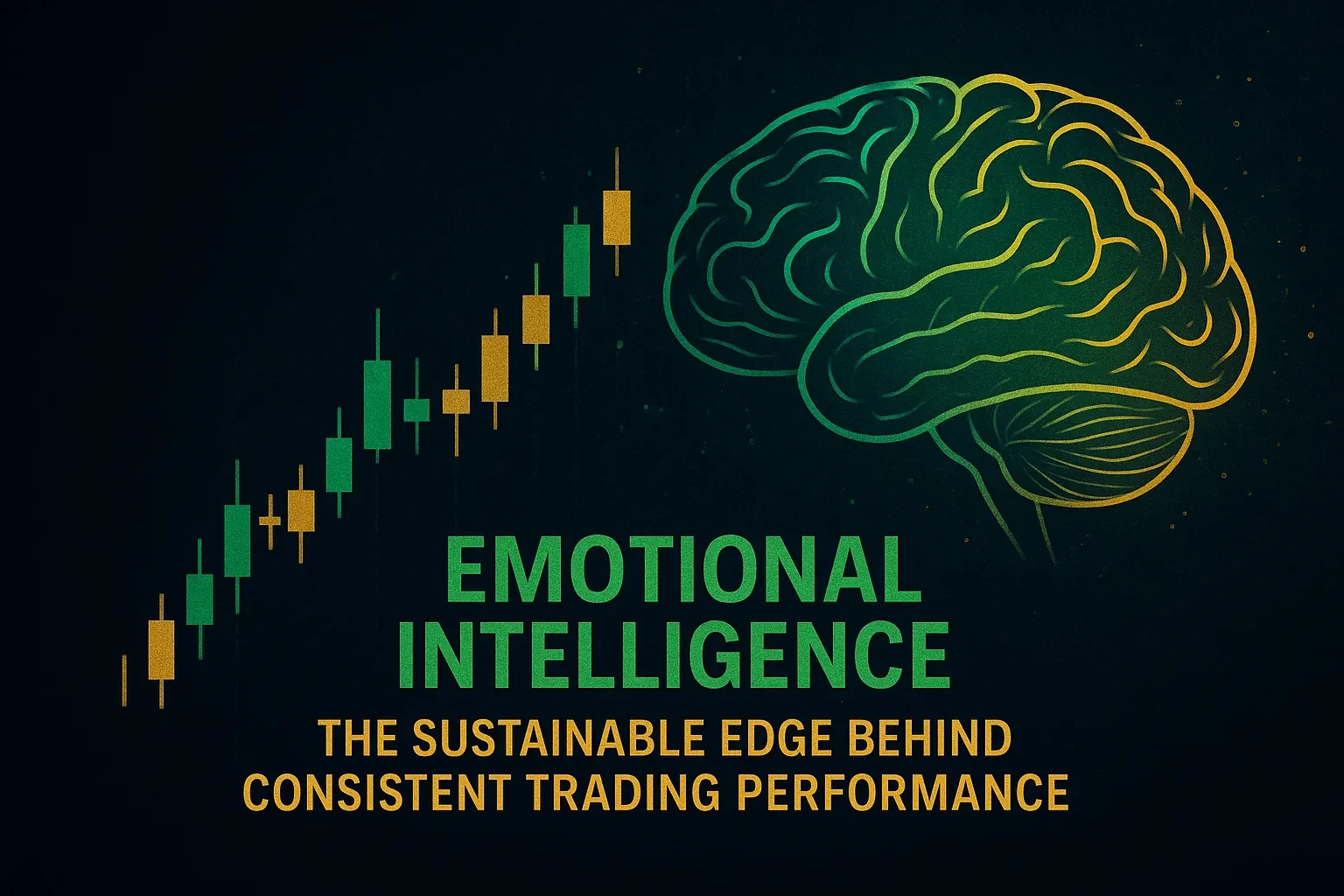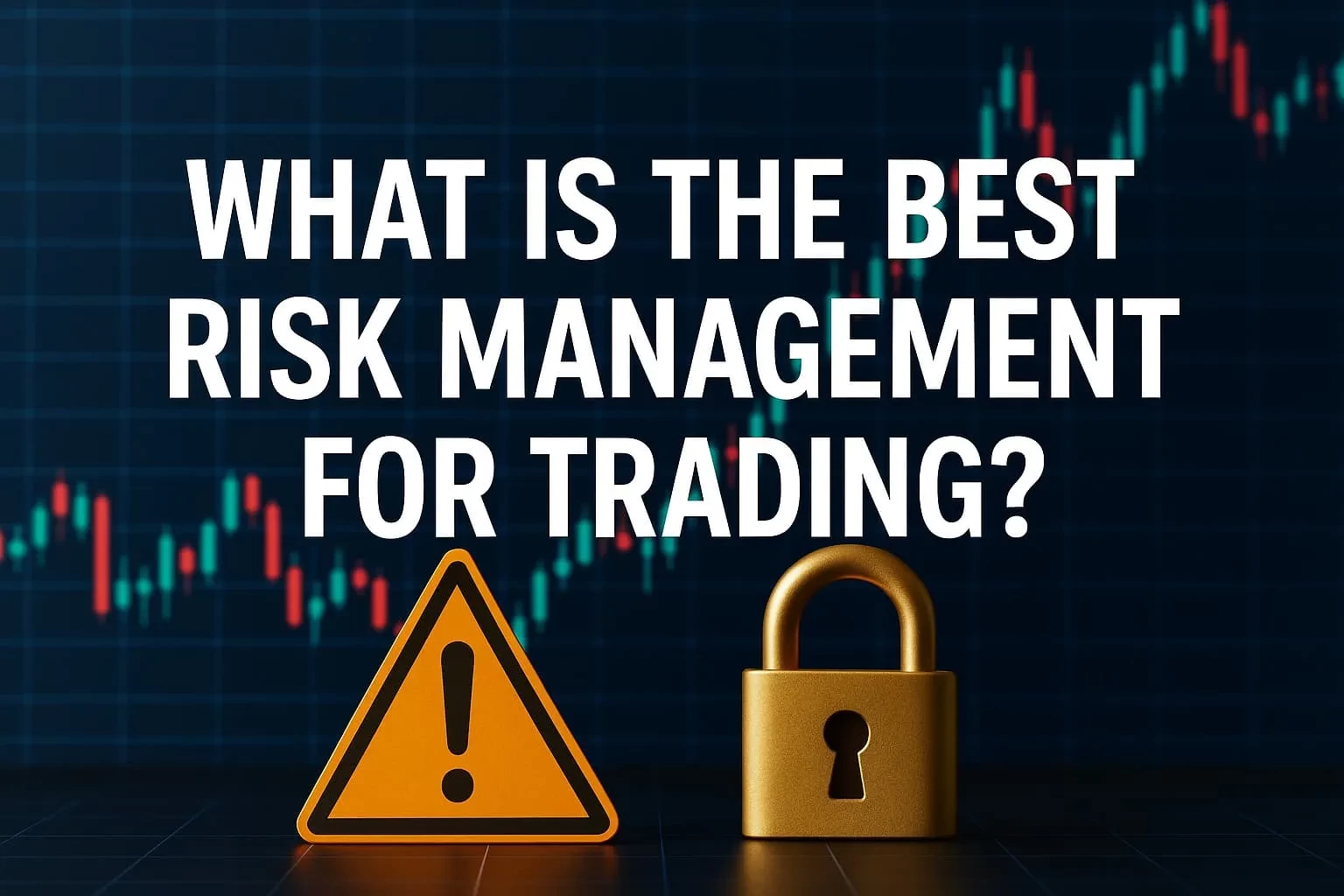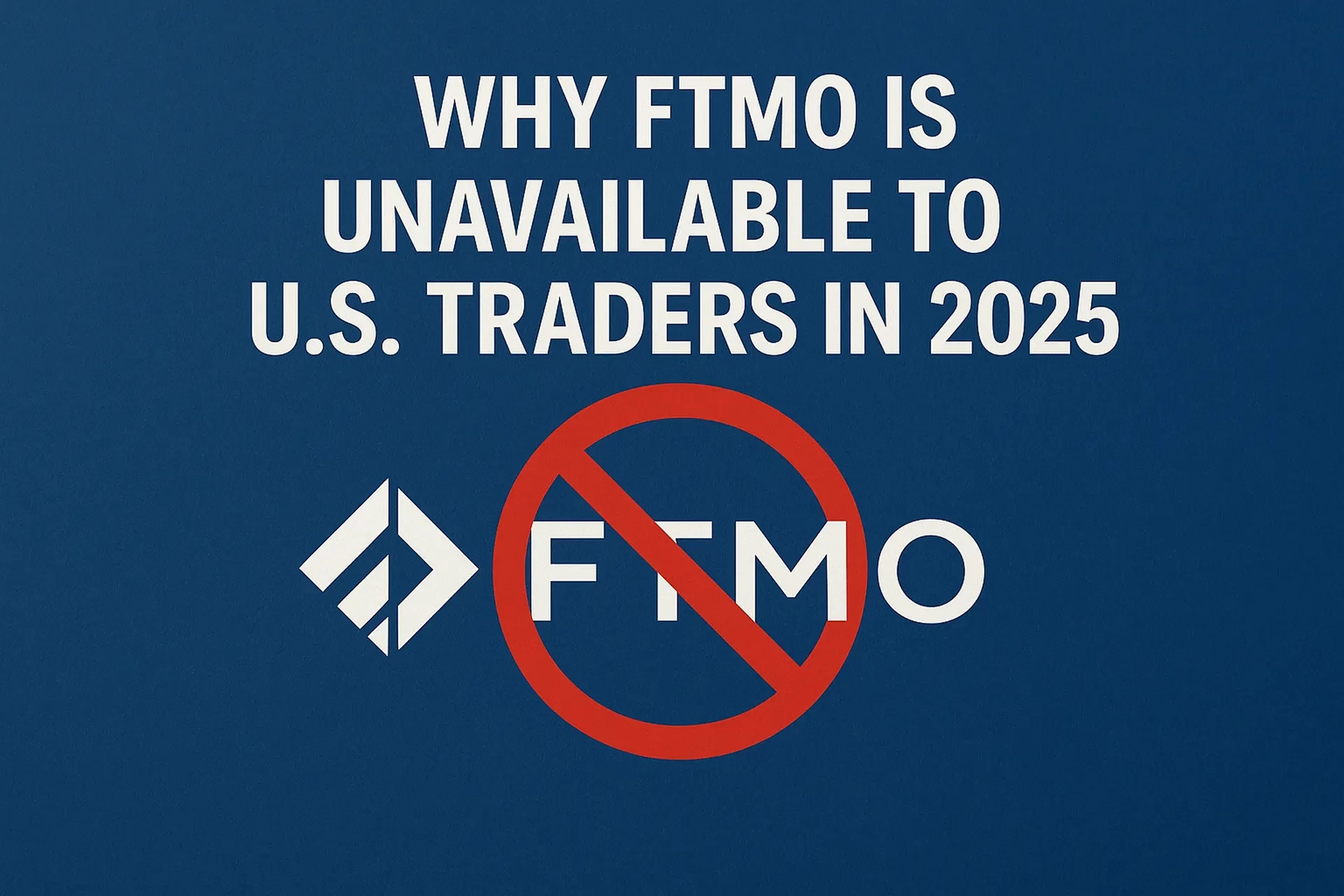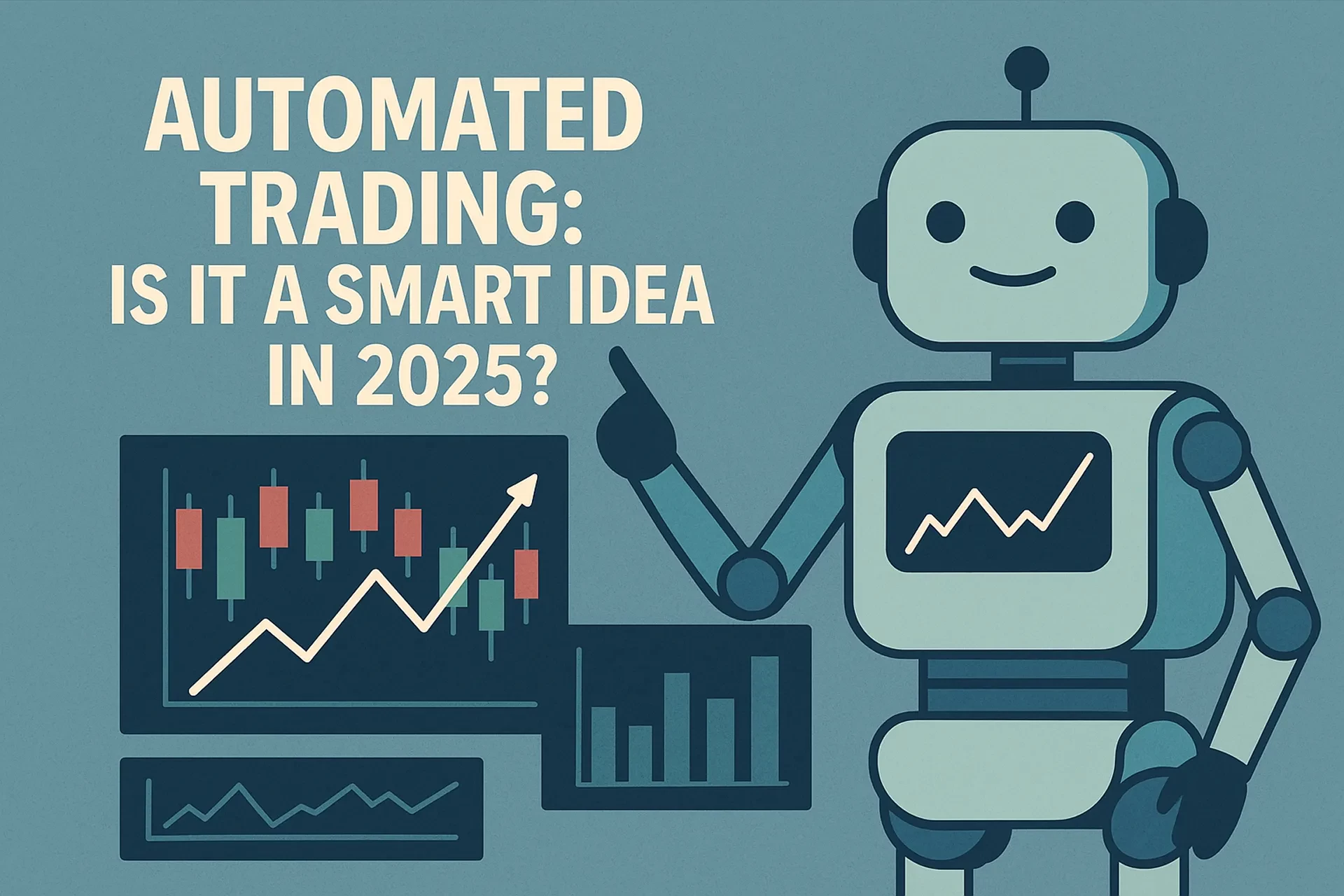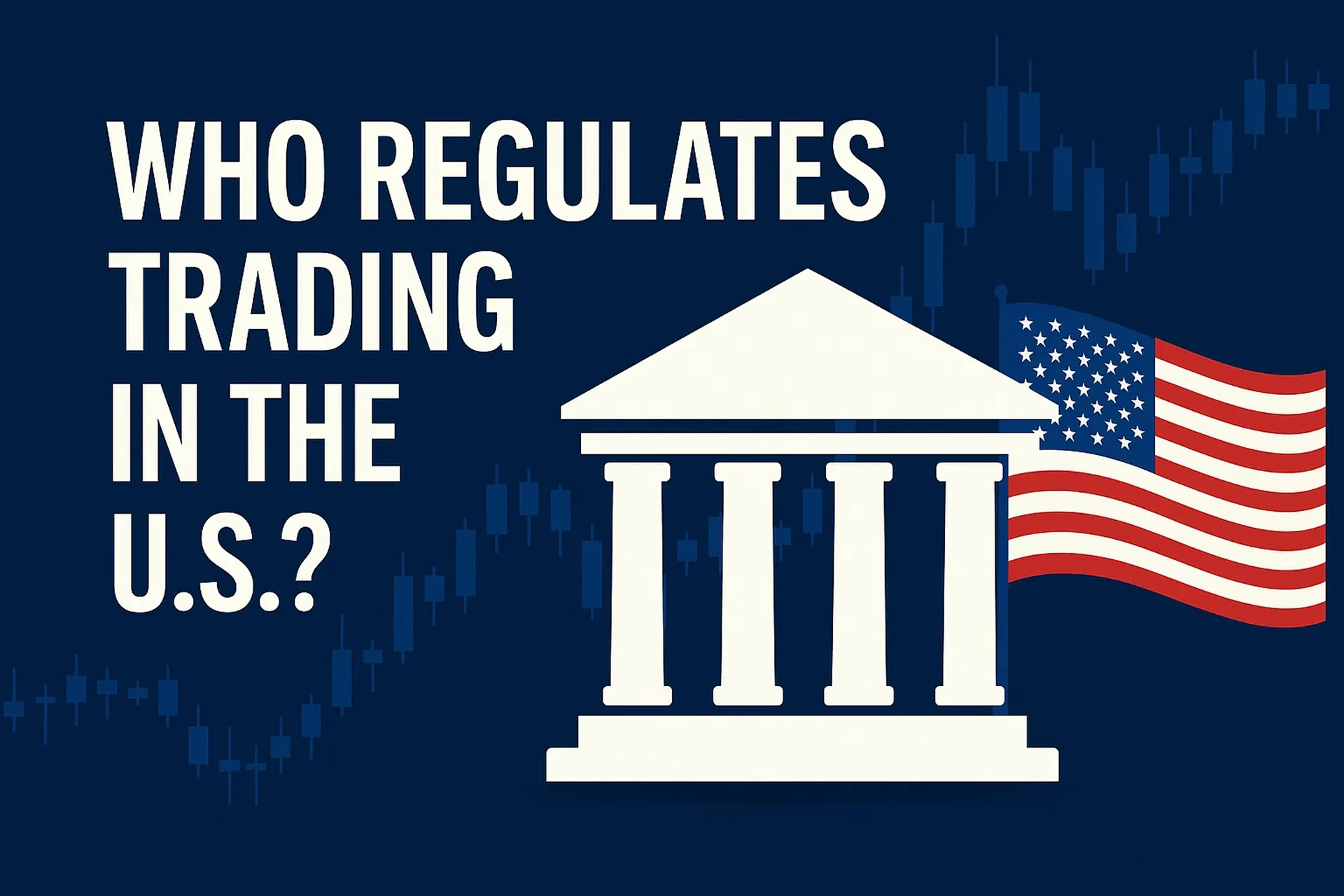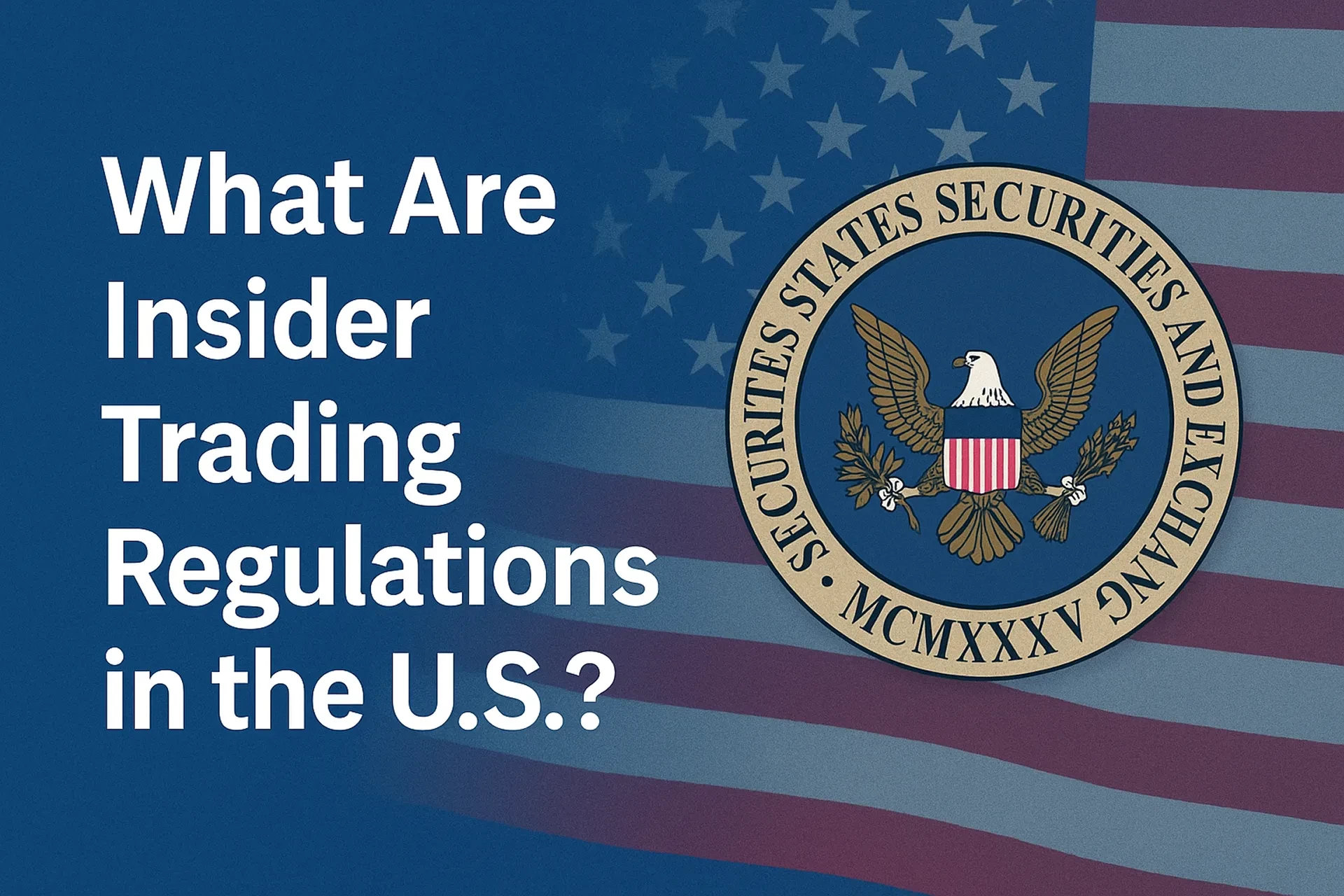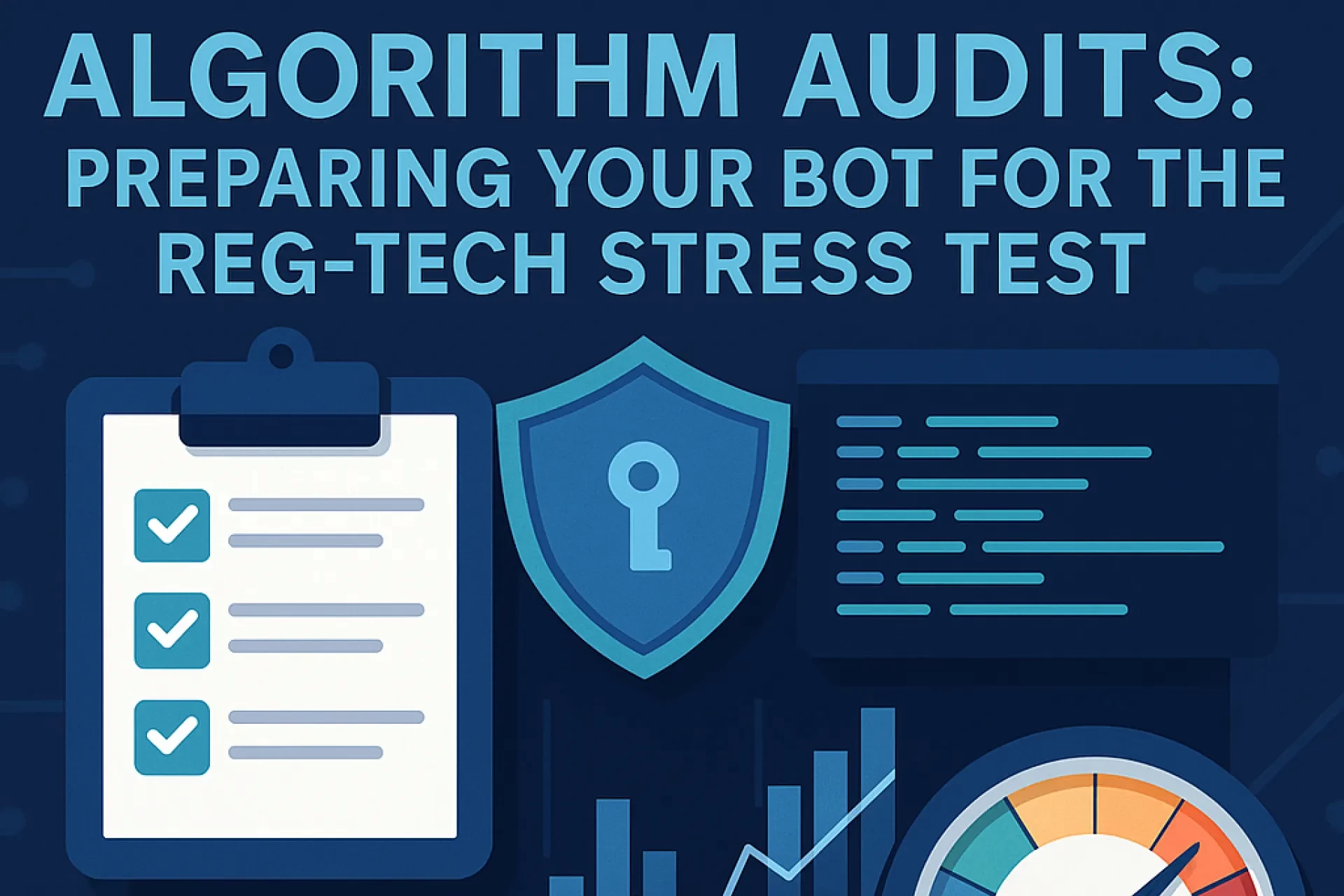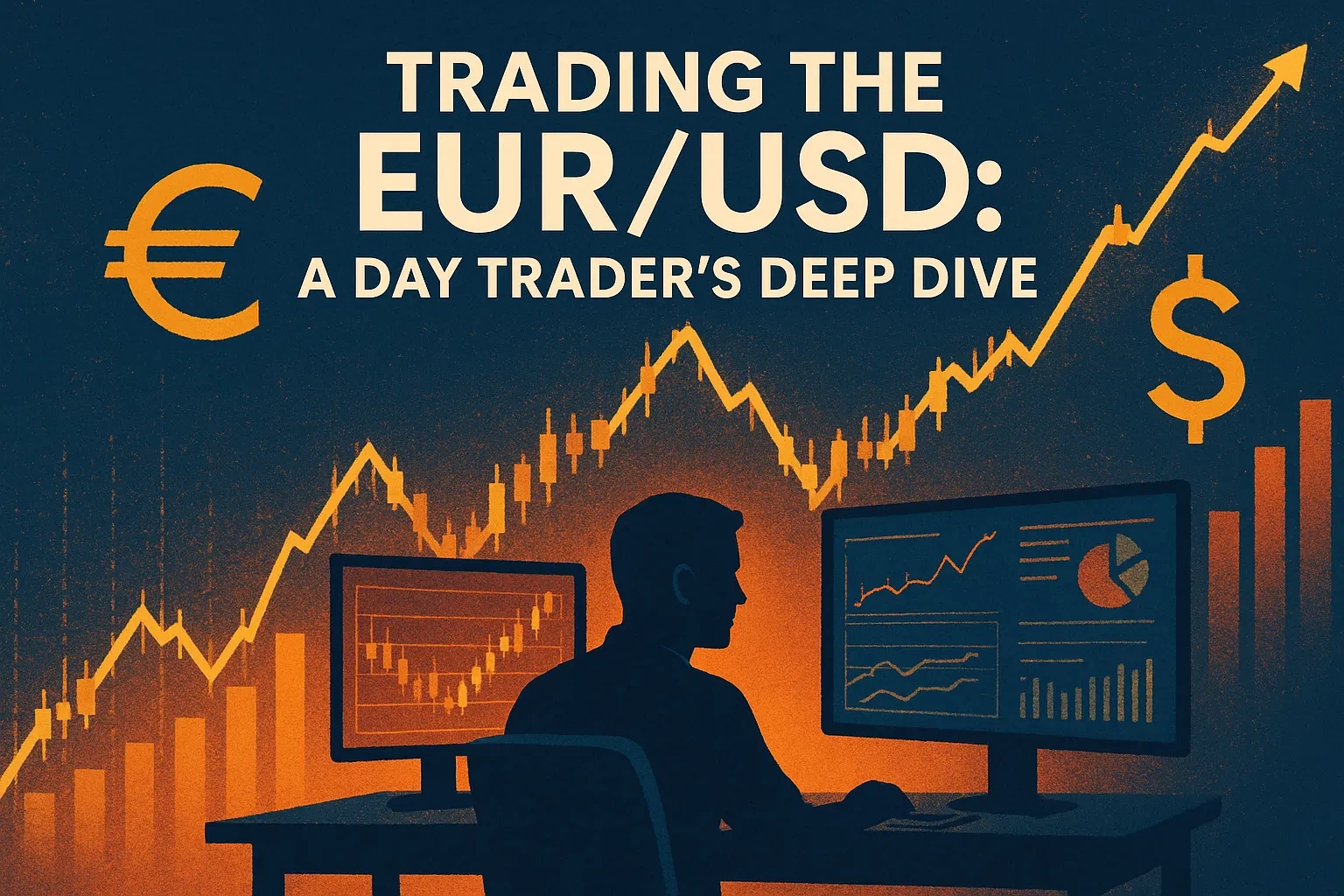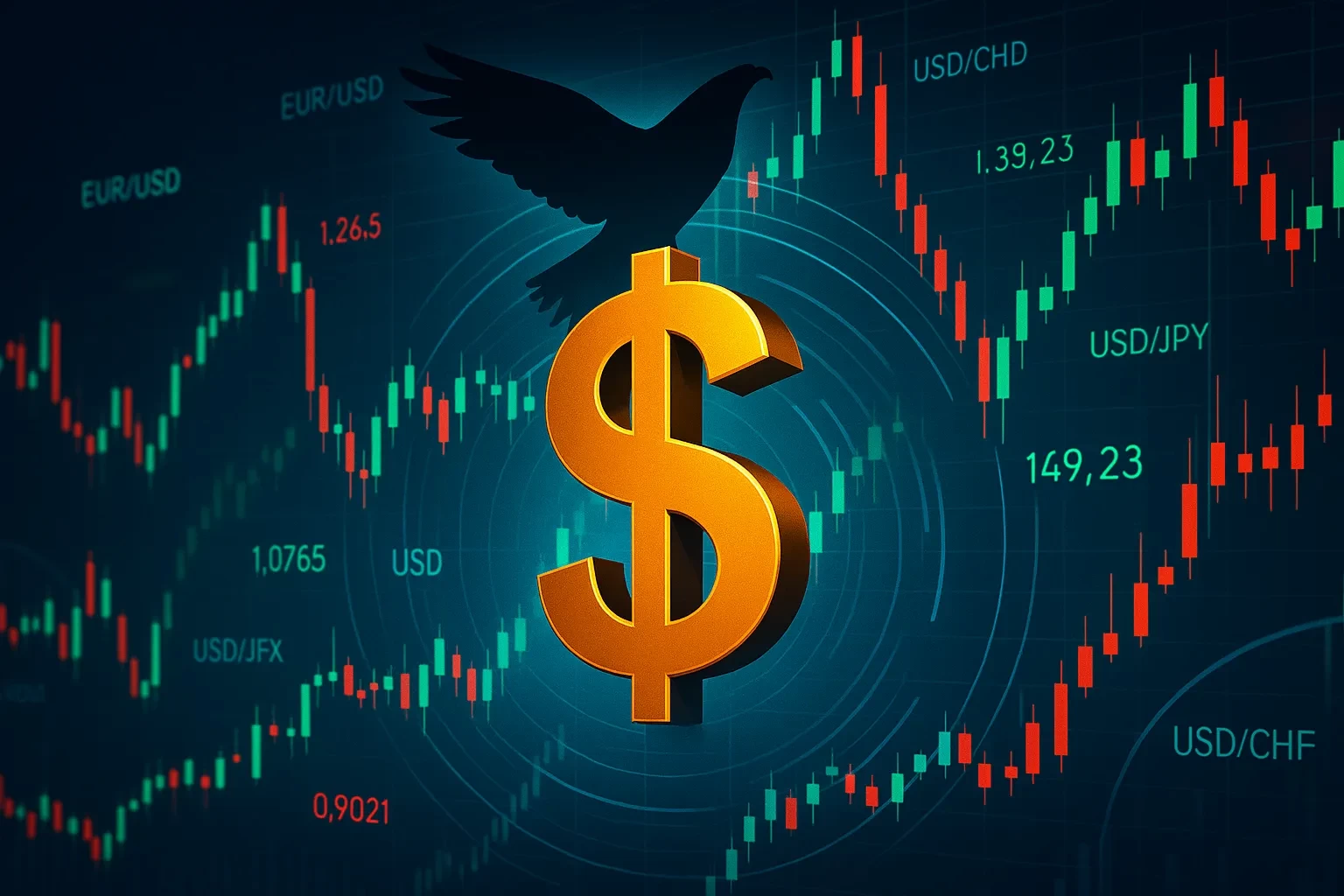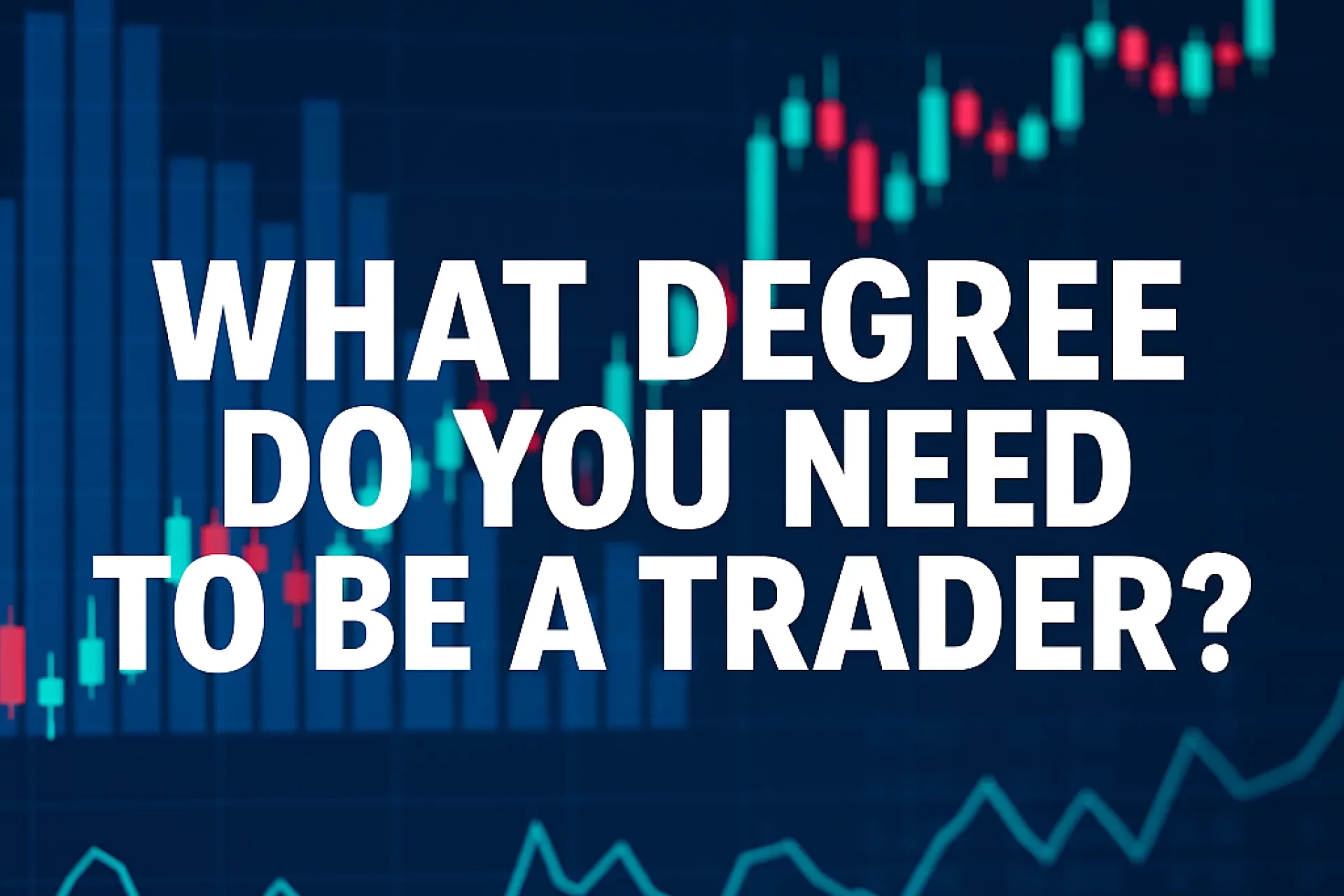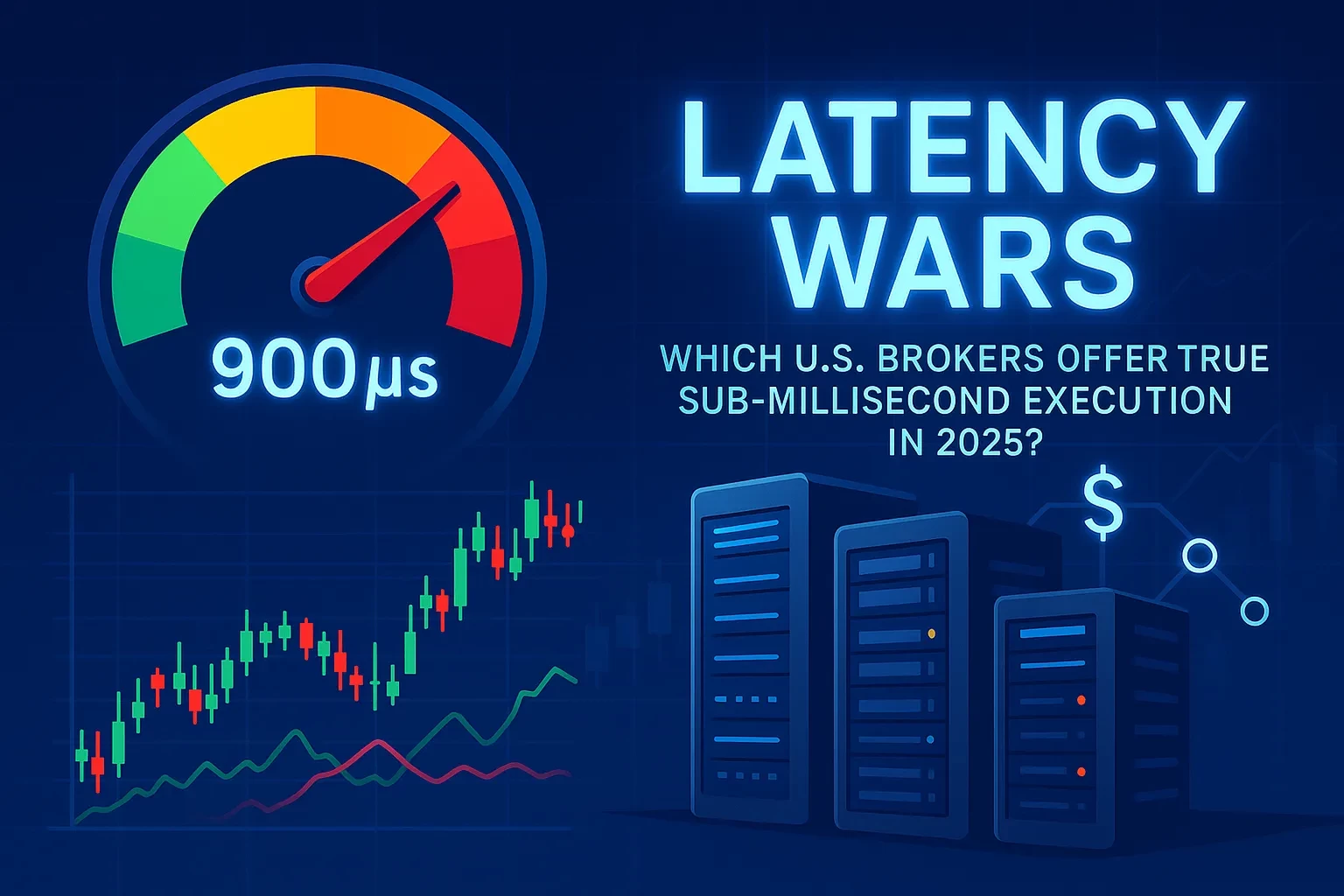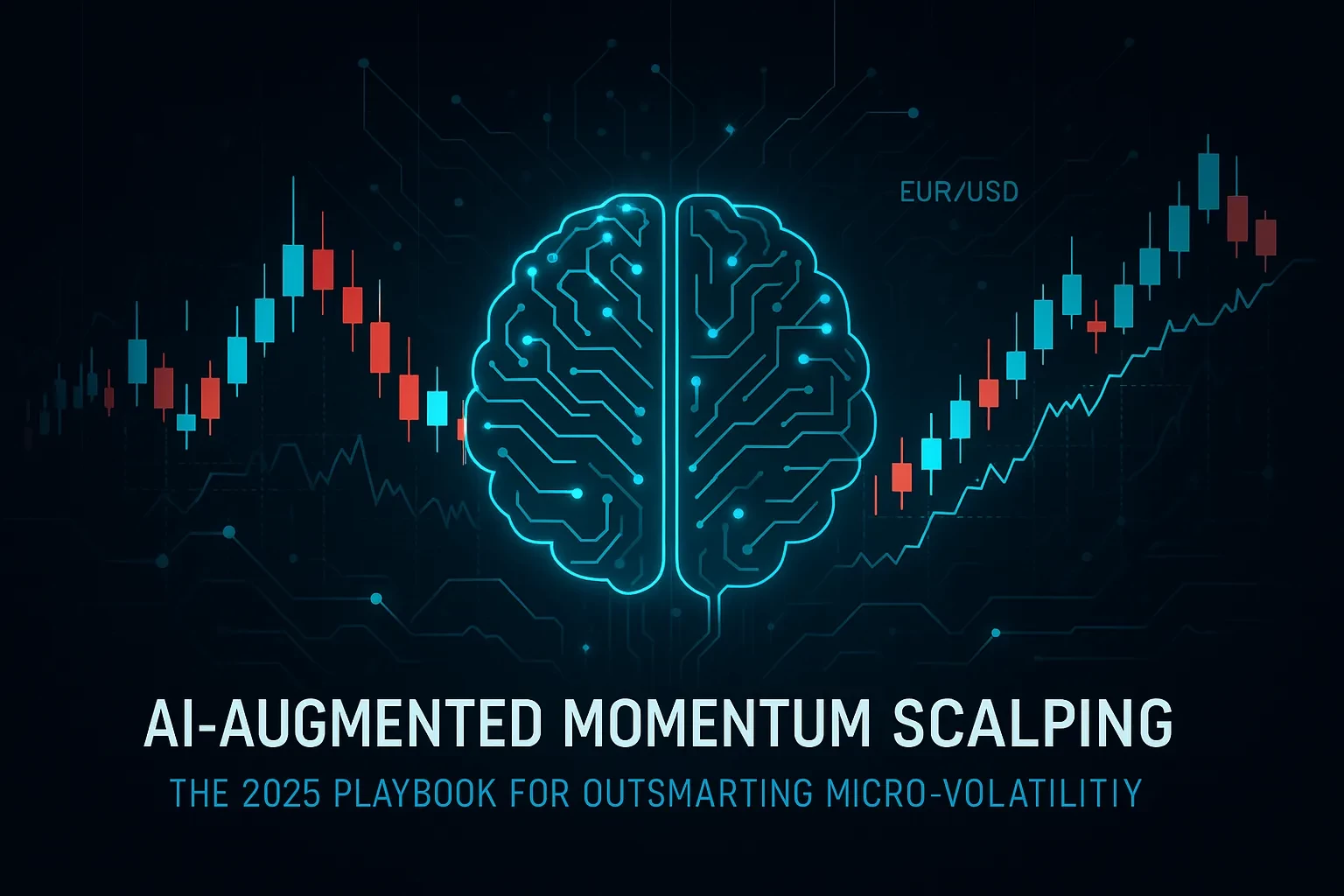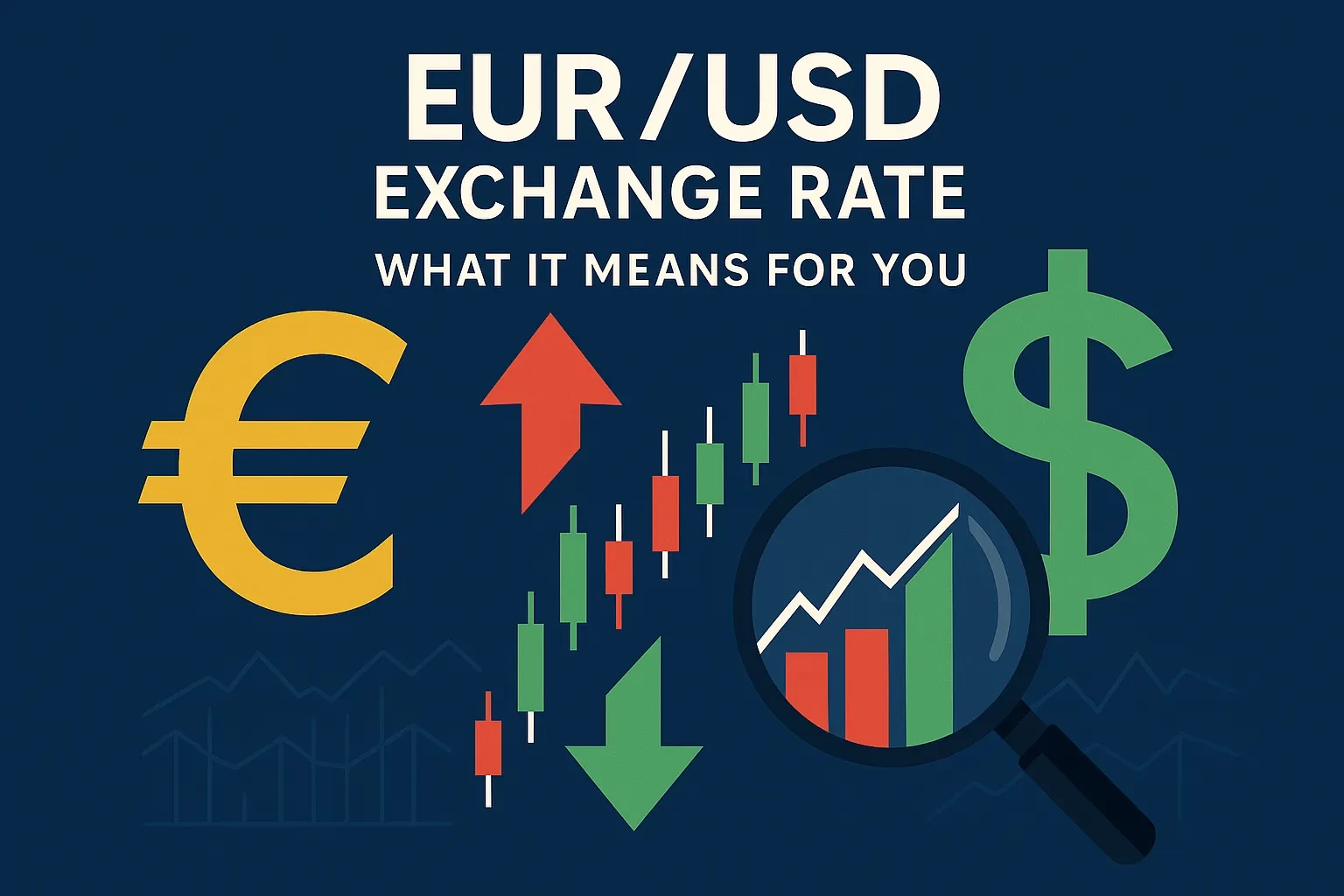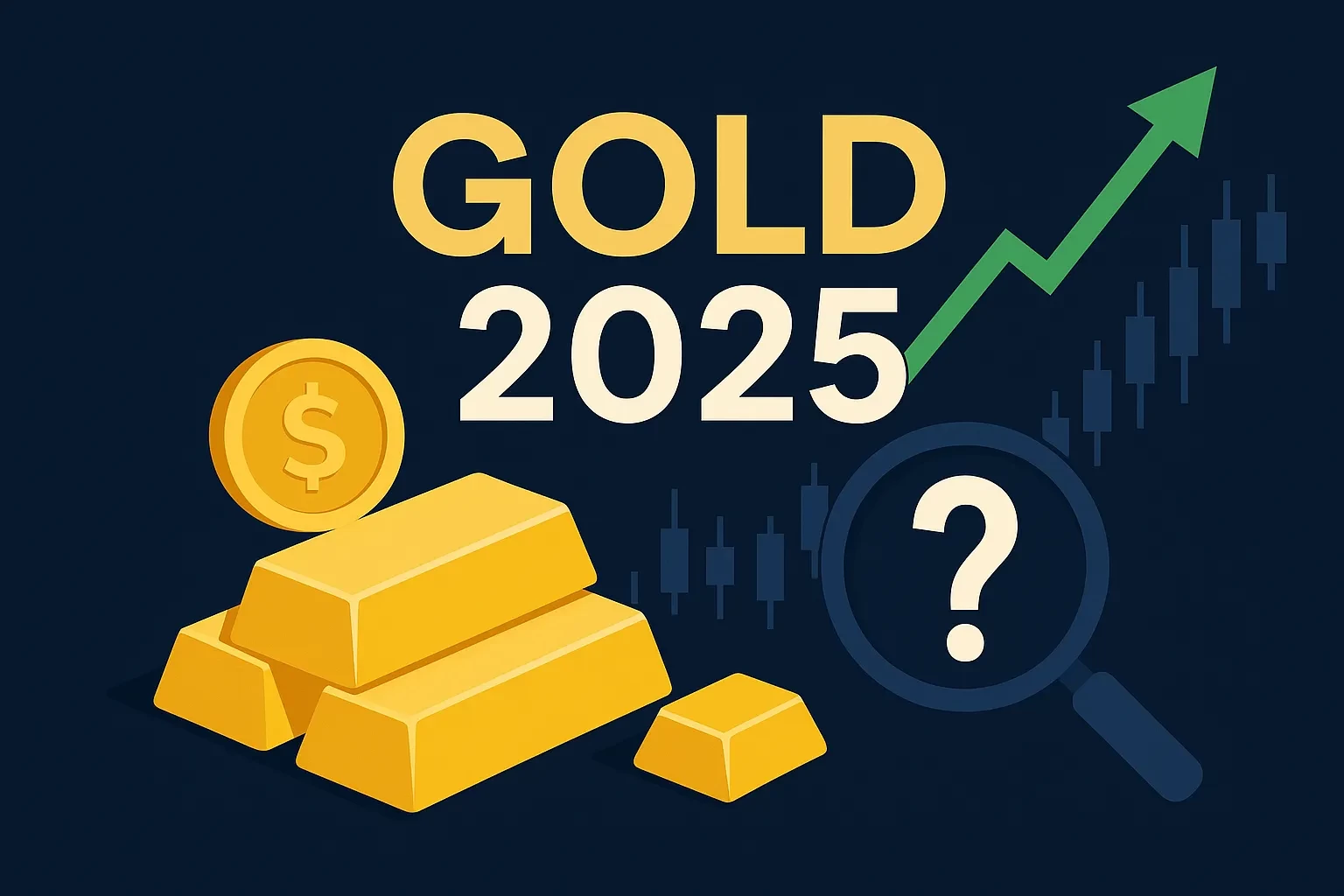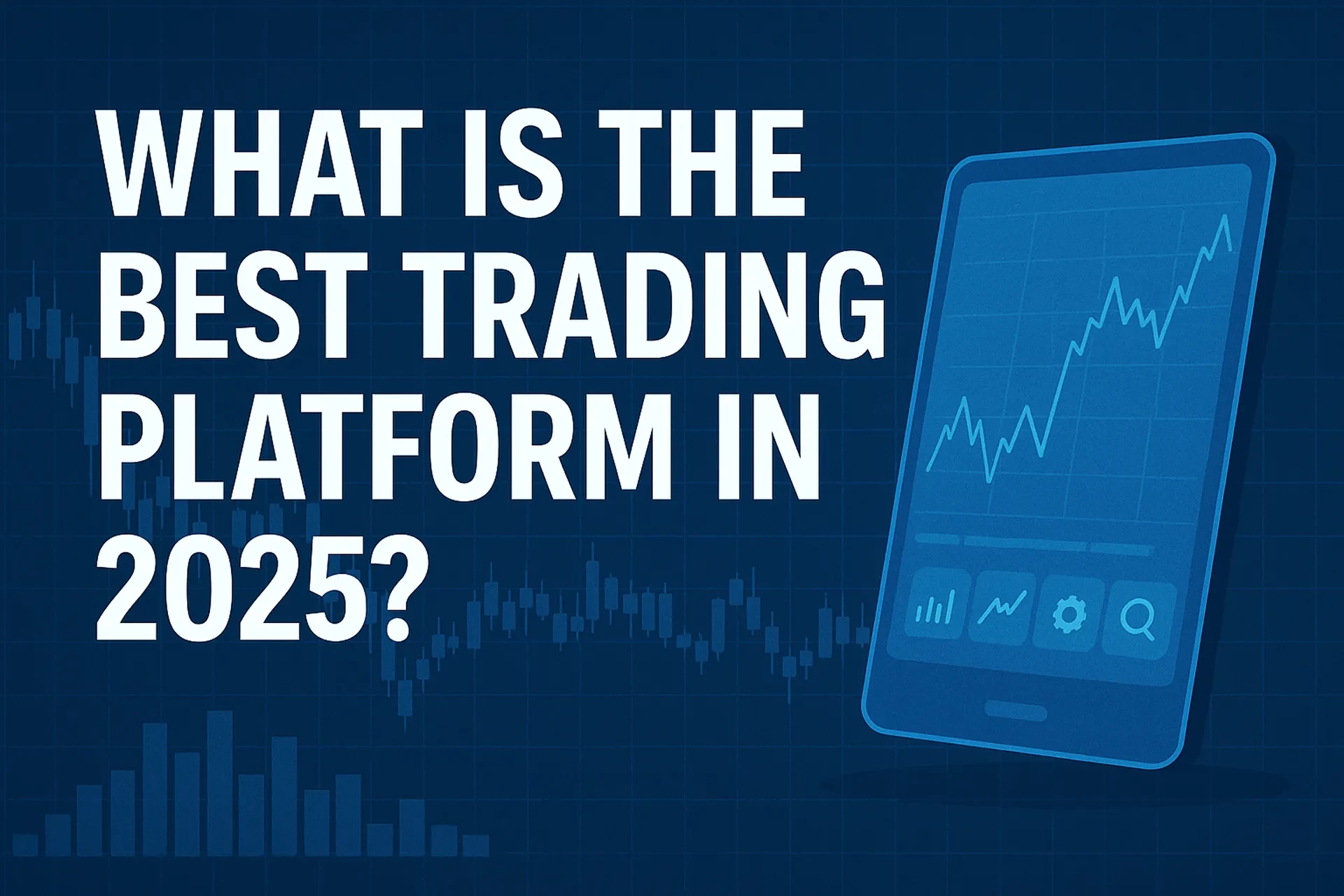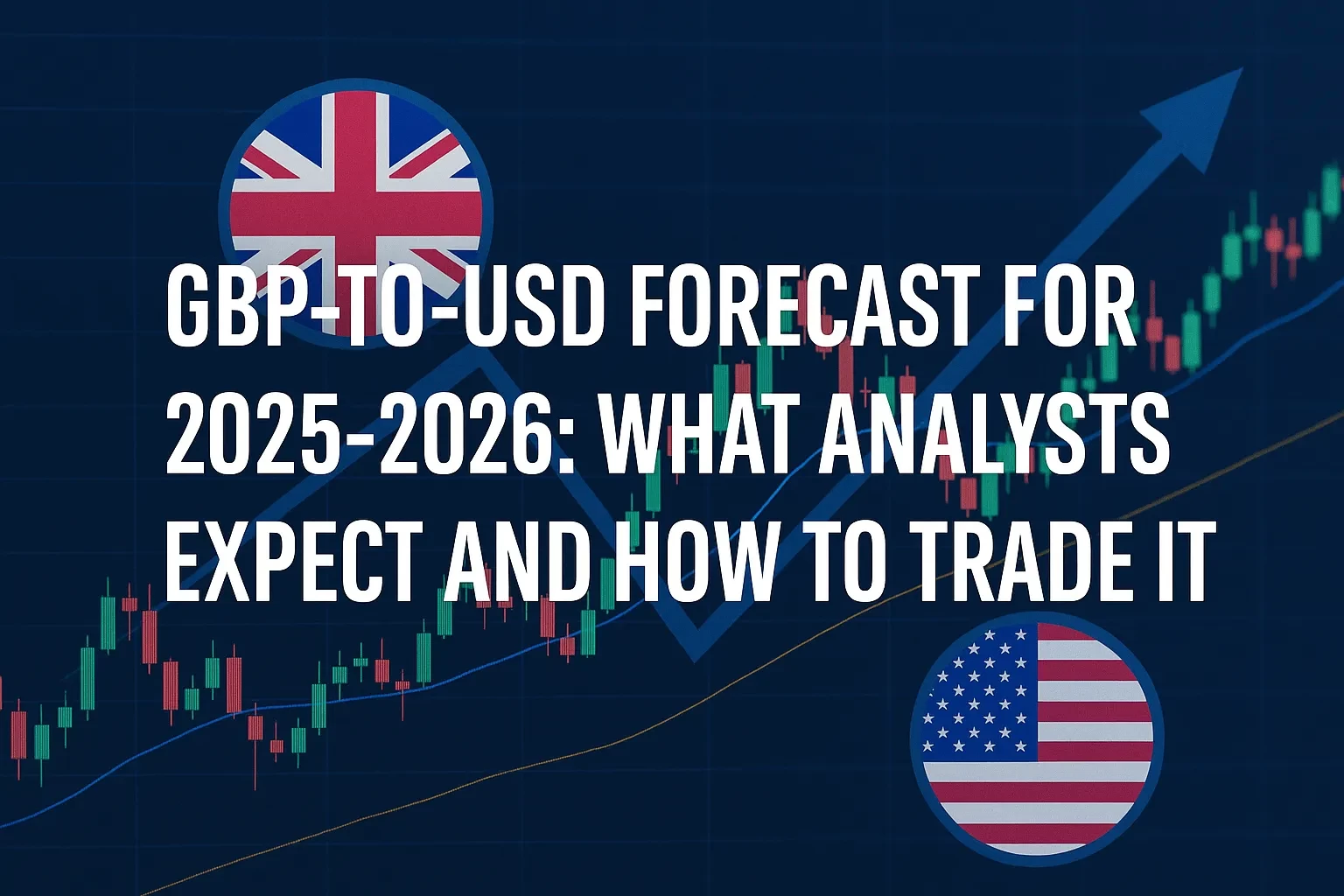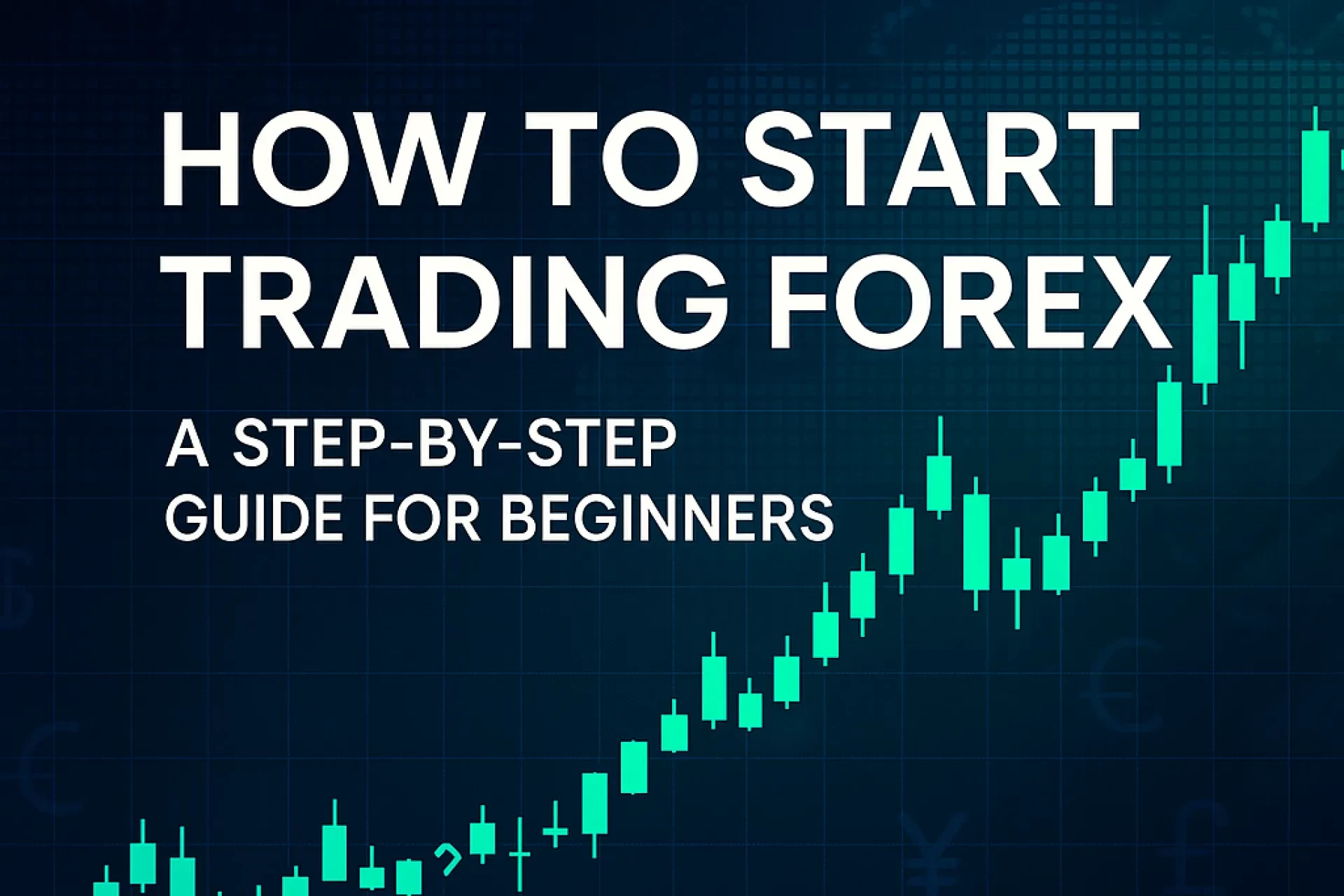Answer up front: AI trading assistants now span three tiers—off-chart LLM copilots (e.g., GPT-4o), code copilots (that generate/repair scripts), and on-chart copilots that annotate markets and react to price in real time. Used properly, they can speed research, reduce manual errors, and standardize execution—but they do not remove risk; you still need position sizing, guardrails, and broker/platform compliance checks (SEC/FINRA/CFTC) before live deployment.
Plain-English risk disclaimer: Markets involve risk, including loss of principal. AI outputs can be wrong, stale, biased, or overfit. Backtest first, forward-test in paper trading, and never risk money you cannot afford to lose.
Disclosure: If this article includes affiliate links to tools or platforms, we may earn a commission at no extra cost to you. We only reference sources we believe are reputable.
Table of Contents
Why this matters now (2024–2025)
Two things changed recently. First, multimodal models such as GPT-4o made it trivial to go from a chart screenshot or a block of broker logs to actionable text, code, or even spoken guidance, in near real time. Second, platforms and vendors began wiring AI directly into charts—from broker/platform updates (e.g., MetaTrader’s AI-assisted MetaEditor, NinjaTrader’s “AI Generate” optimizer) to new chart-embedded analysis integrations—so you no longer have to bounce between a chat tab and your chart to iterate on a strategy.
At the same time, U.S. regulators tightened expectations. In 2024 the SEC charged multiple advisers for misleading “AI” claims, and FINRA issued guidance reminding member firms that GenAI must meet suitability, supervision, and communications rules. In late 2024 the CFTC issued an advisory on the use of AI by registrants. Translation: you can’t just slap “AI-powered” on a product, and if you use AI in your process, you must document the controls.
The three layers of AI trading assistants (and where you’ll use each)
1) Off-chart LLM copilots (generalist assistants)
• What they do: Turn prompts + data (text, images, transcripts) into research notes, checklists, or code. Example: GPT-4o explaining a term structure chart, summarizing FOMC minutes, or drafting a Pine/MQL/ThinkScript snippet.
• Great for: Ideation, documentation, quick scenario mapping, translating strategy logic across languages (Pine ↔ MQL5).
• Limitations: Hallucinations; must validate formulas and APIs; no account access by default.
2) Code copilots (strategy builders)
• What they do: Generate or fix indicator/strategy code and speed test cycles. Example: MetaEditor’s AI Assistant (MT5) supporting GPT-4-series models; community tools that propose Pine/MQL snippets; NinjaTrader’s AI Generate that searches indicator combinations via genetic algorithms.
• Great for: Rapid prototyping, converting trading rules to code, refactoring backtest harnesses.
• Limitations: Overfitting; “working” code can still mis-specify order semantics, slippage, or session filters.
3) On-chart copilots (chart-aware analysis in real time)
• What they do: Live overlays, prompts anchored to current price, and in-panel narratives. Examples include chart-embedded AI analysis integrations announced for dxTrade environments and third-party browser plugins that add “copilot” panels right within TradingView.
• Great for: Fast hypothesis testing while price moves; fewer window switches; visual “explain your trade” logs.
• Limitations: Vendor quality varies; lack of broker-grade order controls; potential for distraction if every candle triggers commentary.
A practical, step-by-step path to adopt AI assistants (safely)
1. Define the job-to-be-done. Pick one bottleneck (e.g., coding strategy rules, summarizing earnings transcripts, scanning for specific pattern families).
2. Choose the layer.
• Research notes? Use an off-chart LLM.
• Turning rules into backtests? Start with a code copilot.
• Fast iteration at the screen? Explore on-chart copilots.
3. Create a data boundary. Keep PII/keys out of prompts. For platform assistants, review their privacy docs and disable training on your data where possible.
4. Start in a sandbox. Use paper trading or a sim account. Enforce per-trade risk (e.g., 0.25–0.50% of equity) and a daily loss cap.
5. Instrument everything. Log model prompts, parameters, version, and outputs alongside fills and PnL. If performance changes, you’ll know whether the model or the market regime moved.
6. Backtest → walk-forward → paper. Only after a profitable, out-of-sample walk-forward and a green paper-month should you consider tiny live risk.
7. Document controls. If you are a registered firm/person, map controls to SEC/FINRA communications/supervision rules and the CFTC AI advisory expectations (e.g., model governance, testing, and incident response).
8. Set kill-switches. Hard daily loss stop; volatility or spread filters; broker disconnect handler; “model unavailable” fallback (no new entries).
9. Review quarterly. Rotate prompts, refresh datasets, and re-validate assumptions after platform/model updates (e.g., MT5 updated AI Assistant model support in 2025).
Pros, cons, and concrete mitigations
Benefits
• Speed & consistency: Generate testable code and checklists faster than manual workflows.
• Breadth: Scan more tickers/conditions without adding analysts.
• Documentation: Auto-explain entries/exits improves auditability and self-review.
Risks
• Hallucinations & silent errors: The model can sound right and be wrong.
• Overfitting: Optimized parameters collapse out-of-sample.
• Regulatory exposure: “AI-washing” or unsubstantiated performance claims.
• Operational risk: Vendor outage or API change during a trade.
Mitigations
• Hallucinations: Unit tests on indicator math; cross-platform checks (e.g., compare Pine vs. MQL for same logic).
• Overfitting: Walk-forward, nested cross-validation, and realistic commissions/slippage.
• Regulatory: Plain disclosures, no guarantees, archive test logs, and align marketing with SEC/FINRA rules.
• Operational: Health checks, circuit breakers, and manual override.
A simple, original framework: the C.H.A.R.T. rubric for AI assistants
Use C.H.A.R.T. to score tools before they touch your money:
• Capability: Does it solve your bottleneck (coding, scanning, execution)?
• Hallucination risk: Can you verify its math or data origins?
• Accountability: Are prompts/versioning logged and immutable?
• Regulatory fit: For your use, what SEC/FINRA/CFTC rules apply?
• Trust boundaries: What data leaves your machine? Can you opt out of training?
Score 1–5 on each, prioritize tools ≥20/25 for trials.
Mini case study: from idea to on-chart copilot in 90 minutes
Goal: Trade an intraday mean-reversion on a liquid U.S. ETF with tight risk.
1) Specify the rule in plain English to a code copilot:
“On 5-minute bars, when price closes 2σ below a 20-bar VWAP band and RSI(14) < 30, go long at market next bar; exit at VWAP touch or after 20 bars; stop = recent swing low; max 1 position.”
2) Generate code in your platform language (e.g., Pine/MQL5/NinjaScript). If using MT5’s MetaEditor AI Assistant, paste the rules and ask for a compilable EA template.
3) Backtest with realistic frictions. Suppose your 3-month backtest on SPY shows:
• Trades: 220
• Win rate: 54%
• Avg win/avg loss: 1.10
• Expectancy ≈ (0.54×1.10 − 0.46×1.00 = 0.144) R per trade
• With a fixed risk per trade of 0.30% equity, expected gain per trade ≈ 0.043%.
4) Walk-forward: Re-opt every 2 weeks, test on next 2 weeks (keep σ period fixed to reduce data-mining).
5) On-chart copilot overlay: Connect a chart-embedded assistant (where available) to narrate entries/exits (“RSI=27, below lower band; signal qualified, size = 0.30% R”). Some environments now surface AI analysis within the chart panel; alternative browser plugins can add a TradingView side panel for prompts.
6) Paper trade for 1–2 weeks. Only if realized results are within 1 standard error of backtest expectancy should you consider tiny live risk (e.g., 0.10% per trade) with hard daily loss stops.
Common mistakes (and expert tips)
• Letting the model define the problem. Don’t ask “what’s a good strategy?”—give tight rules and constraints.
• Unverifiable data. If an assistant cites a stat, click through to the primary source (SEC/FINRA/CFTC/issuer filings).
• No frictions. Backtests without spread, slippage, borrow, or rejects will overstate PnL.
• Ignoring regime filters. Layer a volatility or session filter (e.g., exclude first 5 minutes after the open) to cut tail risks.
• Ambiguous order semantics. Verify market/limit behavior and partial fills on your platform sim before going live.
• Marketing first, controls later. Keep language conservative and evidence-based.
Compliance quick-start: the U.S. regulators you should know
• SEC (securities/RIAs/broker-dealers). In March 2024, the SEC charged two advisers over misleading AI claims; in Oct 2024 it announced another “AI-trading” misrepresentation case. If you advertise or provide signals, your AI claims must be specific and accurate.
• FINRA (broker-dealer SRO). Regulatory Notice 24-09 points to opportunities and risks of GenAI and reminds firms about supervision, communications, and recordkeeping expectations.
• CFTC/NFA (derivatives/forex). Dec 2024 CFTC advisory addresses AI use by registrants, emphasizing governance, testing, and surveillance; NFA’s Forex Regulatory Guide collects applicable rules and notices for members.
The emerging toolscape (select 2024–2025 signals)
• GPT-4o: Real-time multimodal reasoning (text, vision, audio).
• MetaTrader 5 (MetaEditor AI Assistant): 2025 update added broader GPT-4-series support for code assistance.
• NinjaTrader “AI Generate”: Experimental genetic optimizer blending indicators/patterns to propose strategies.
• Chart-embedded analysis: Devexperts announced dxTrade integrations bringing AI analysis directly into charts.
• Browser copilots/extensions: TradingView add-ons that generate Pine, summarize markets, and annotate charts within a side panel. (Quality varies; test before relying.)
One table to compare layers at a glance
| Layer | Typical tasks | Strength | Primary risk | First check |
|---|---|---|---|---|
| Off-chart LLM copilots | Research, notes, checklists, screenshot Q&A | Fast ideation & docs | Hallucinations | Require links to primary sources |
| Code copilots | Generate/repair code, convert rules to strategies | Accelerates build-test cycles | Overfitting; silent code bugs | Unit tests + cross-platform math checks |
| On-chart copilots | Live overlays, prompts, real-time narratives | Lowest friction during trading | Distraction; vendor opacity | Paper trade with kill-switches |
Takeaway: pick the layer that matches your bottleneck, then add controls specific to that layer.
FAQ (People Also Ask)
Conclusion: how to move forward (next 7–14 days)
• Pick your bottleneck (coding vs. research vs. execution).
• Trial one tool per layer (e.g., GPT-4o for research, your platform’s code assistant, one chart-embedded copilot).
• Build a tiny strategy, unit-test the math, and paper trade with logs and a daily loss cap.
• Write a one-page control memo: model versions, prompts, backtest settings, and kill-switches; map to SEC/FINRA/CFTC expectations if you’re regulated.
• Decide-to-scale only after a profitable, well-logged paper period that matches your out-of-sample targets.

